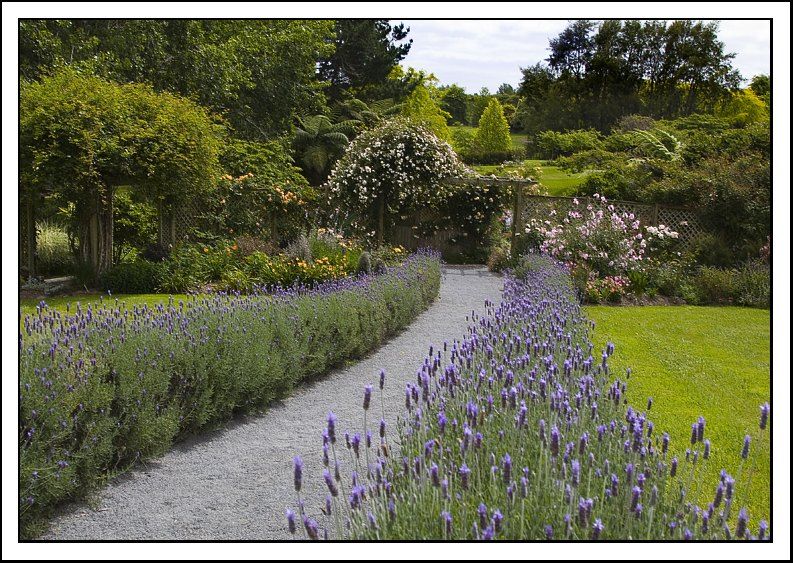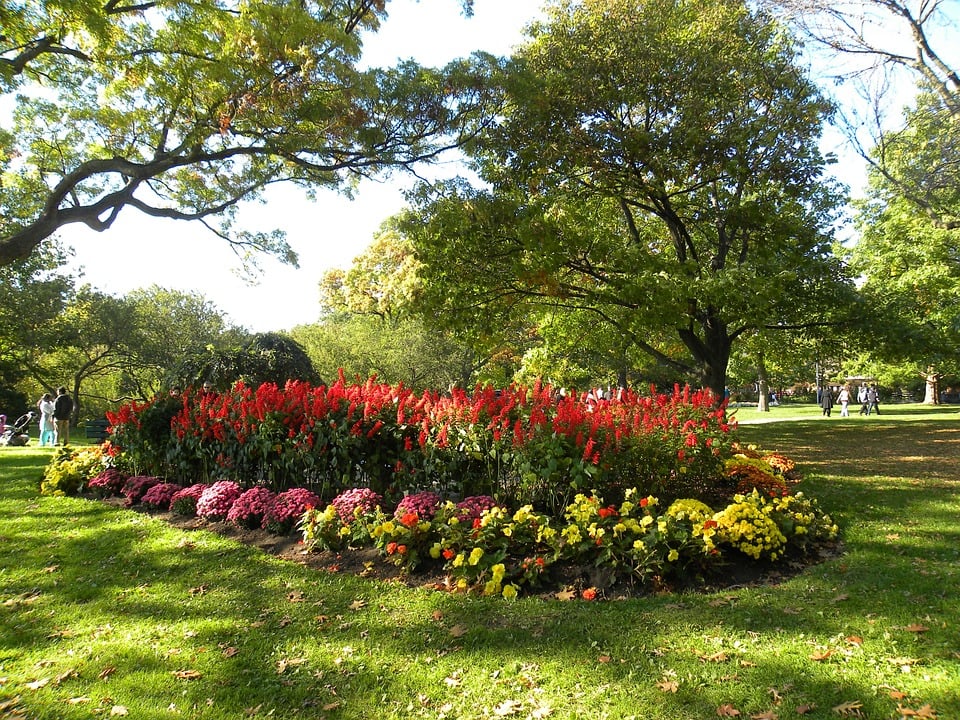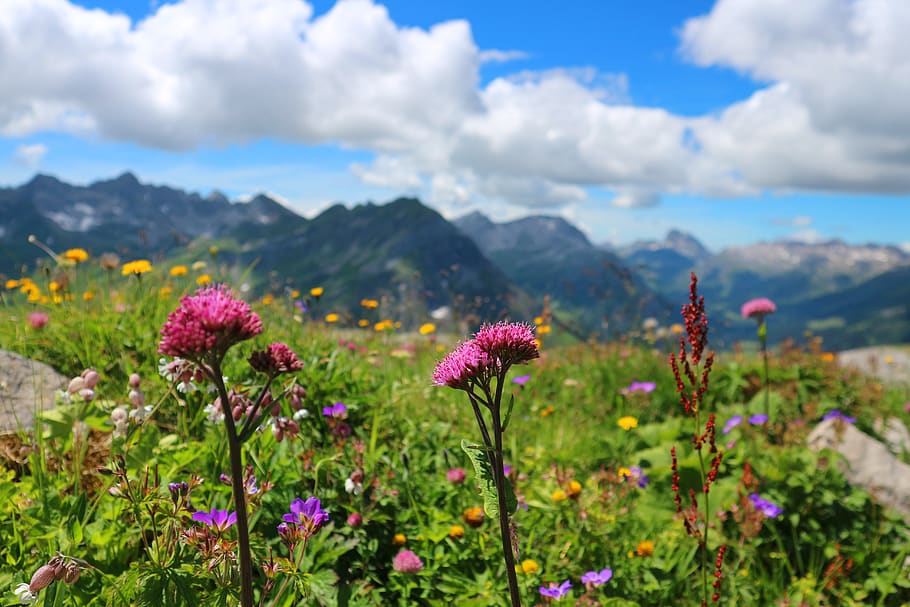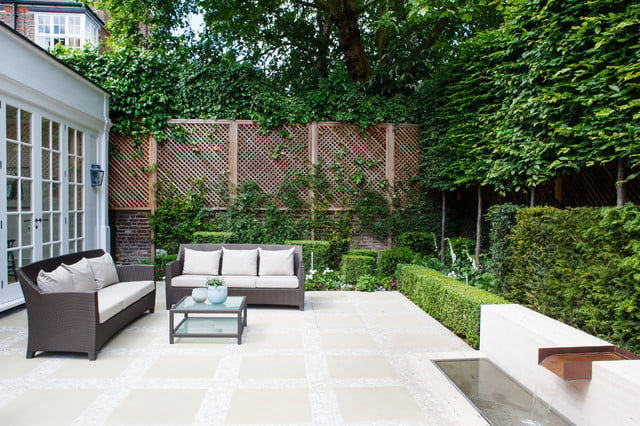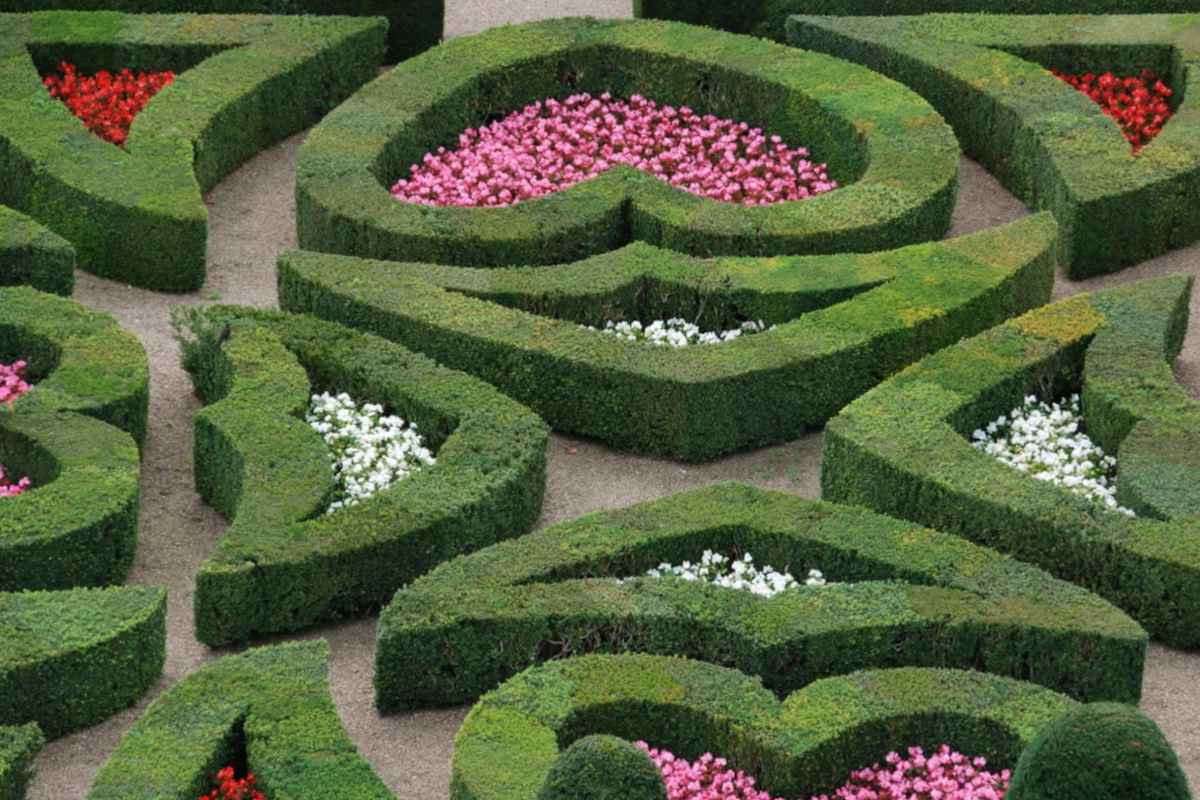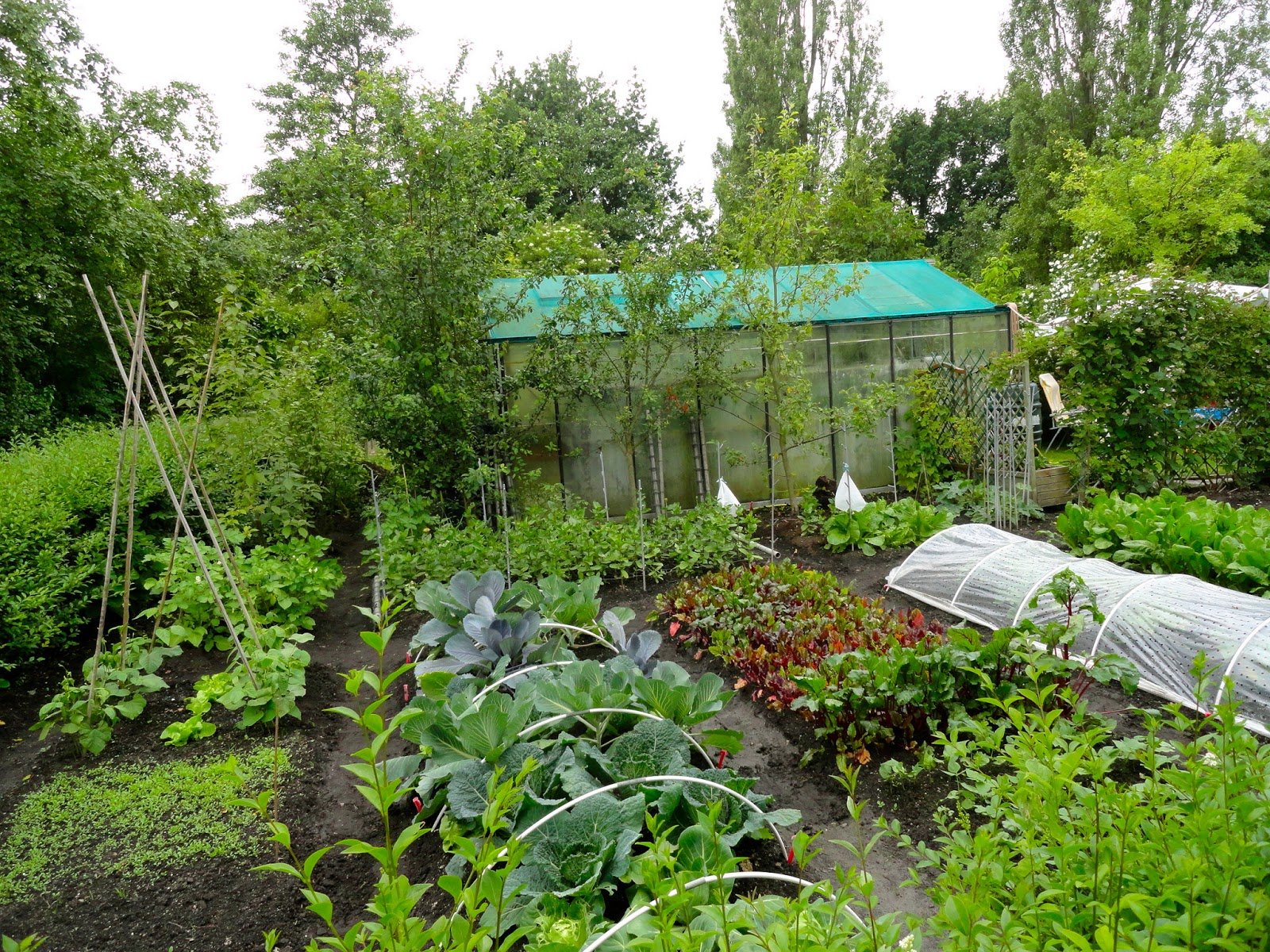22 Wildlife Gardening Ideas to Build Your Own Eco-Friendly Garden
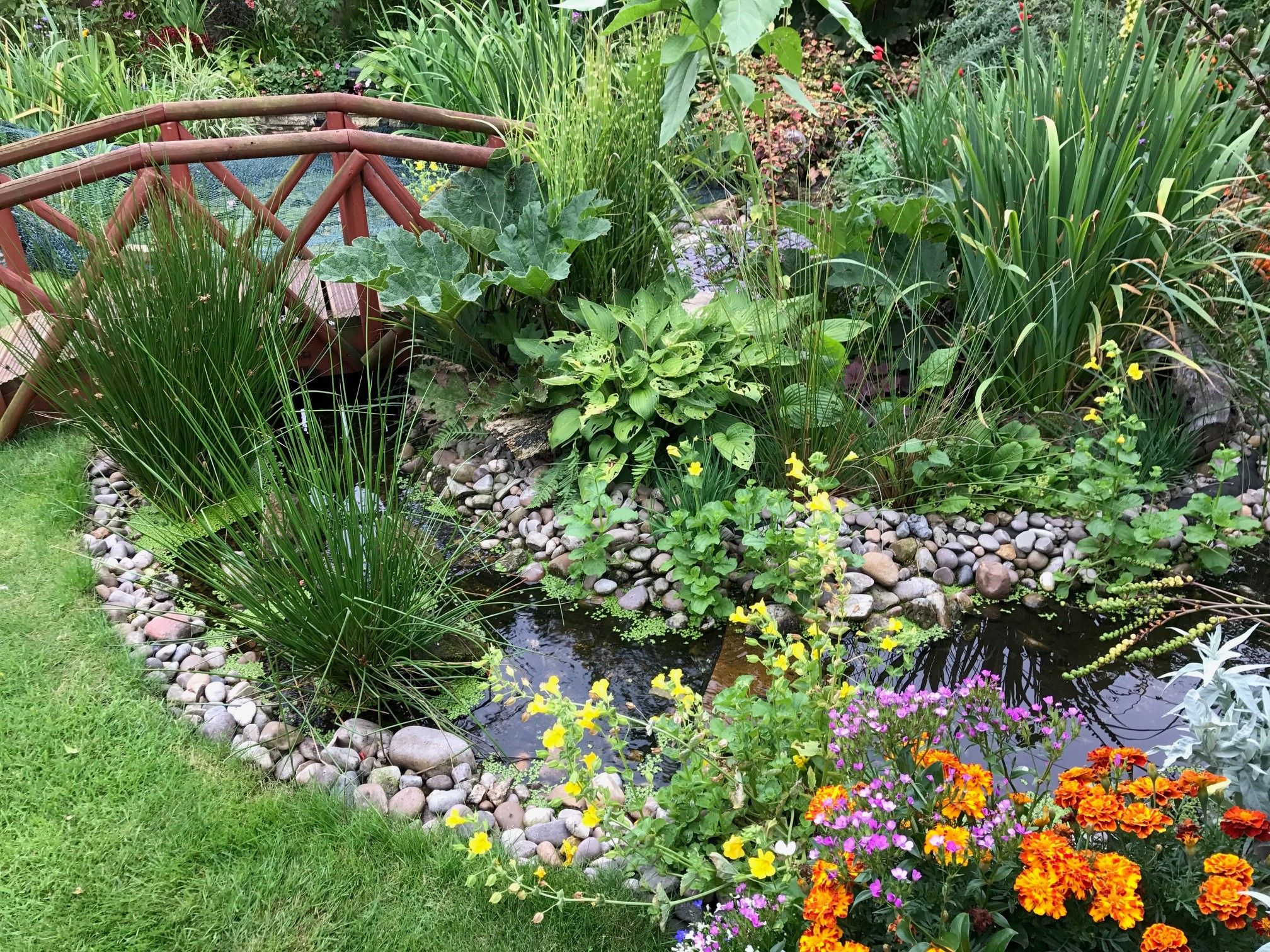
Table of Contents
There are around 24 million gardens in the United Kingdom, and this number is growing by the day. Since natural habitats for wildlife, like forests, ponds, woodlands, etc., are being destroyed across the globe, creating a small habitat within gardens can be one great solution.
This way, endangered birds, insects, or small animals can find a new home in your garden. Even though at a smaller stage, you will also play a part in promoting the development of biodiversity and help fight to preserve the flora and fauna of the world.
There are different ways in which you can create these natural ecosystems called wildlife gardens. What better way to contribute to sustainability and animal welfare than by providing them a home?
Here are 22 wildlife garden ideas you can implement to make your garden more lively.
Wildlife Garden Ideas to Re-Invent Your Garden
1. Native Plant Trees, Shrubs, and Herbs
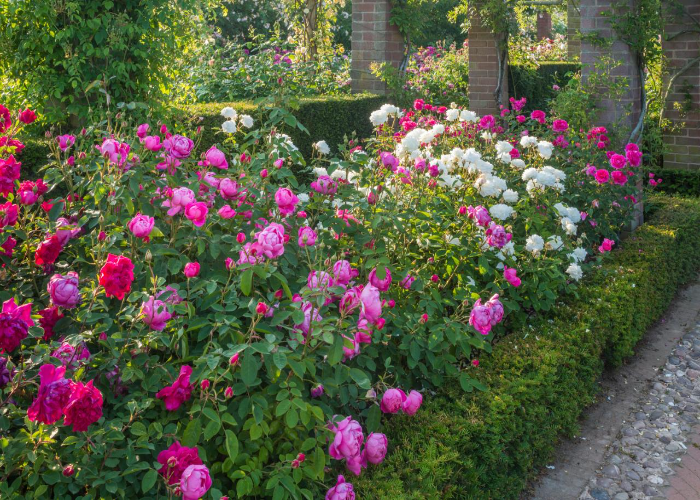
Native plants are more likely to sustain the life of animals and birds in that region as they would be used to it. For instance, some birds, like the Indian weaver (a majority of them), build their nests on palm trees. Native trees might also be ideal for growing on the soil that is present in your garden, and they will create a diverse ecosystem. Plants that flower or fruit are also a great option, as they will benefit both the native fauna and you!
2. Creating a Small Pond
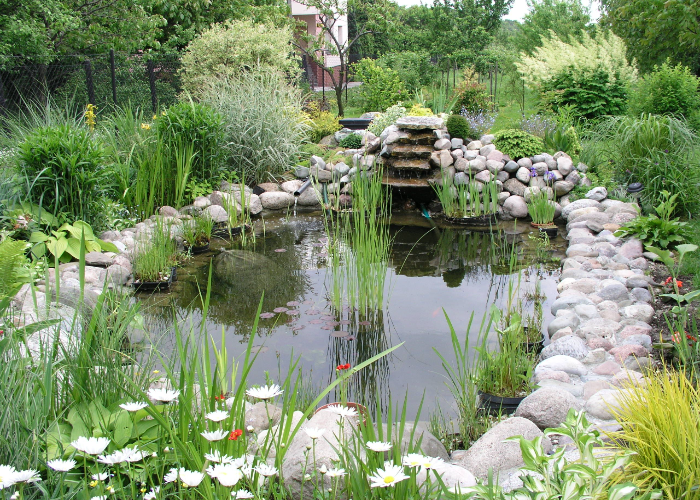
Aquatic ecosystems are undergoing a major change, as is documented by the clearing of small water bodies like lakes and ponds and the dumping of waste into large water bodies like rivers, seas, or oceans. The flora and fauna in these ecosystems will have a difficult time. Creating a small pond would be highly beneficial not only to aquatic life (e.g., frogs, small fish, etc.) but also to other wildlife as they can drink water or bathe in it. These ponds should be deeper in the middle and shallow in the edges so that the animals can easily get in and out. Therefore, these ponds will make for an aesthetic and functional garden teeming with life!
3. Plant Pollination-Friendly Flowers
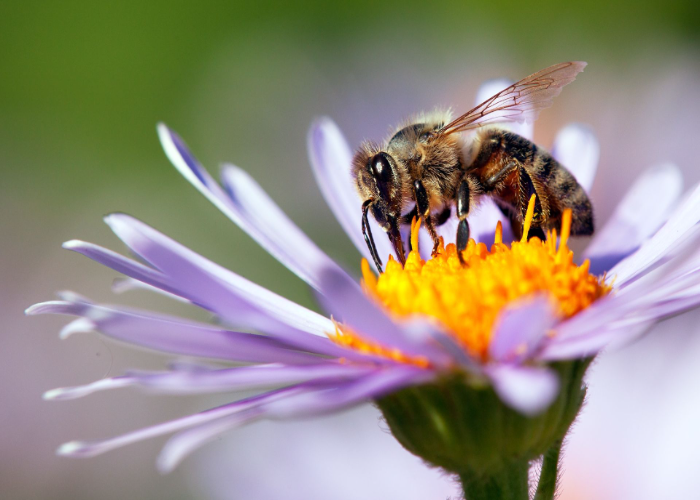
These plants will attract and sustain pollinating agents like bees, moths, small birds, etc., as these creatures depend on the nectar and pollen created by them. As they fly/move away to another part of your garden, they will carry with them the pollen and a host of small/microorganisms. These will end up fertilizing the other plants in your garden, creating a self-sustaining ecosystem as they don’t need any of us interfering after that! As beautiful butterflies and bees start visiting your wildlife garden, it will be a treat to the eyes as well.
4. Make Nesting Homes for Bees
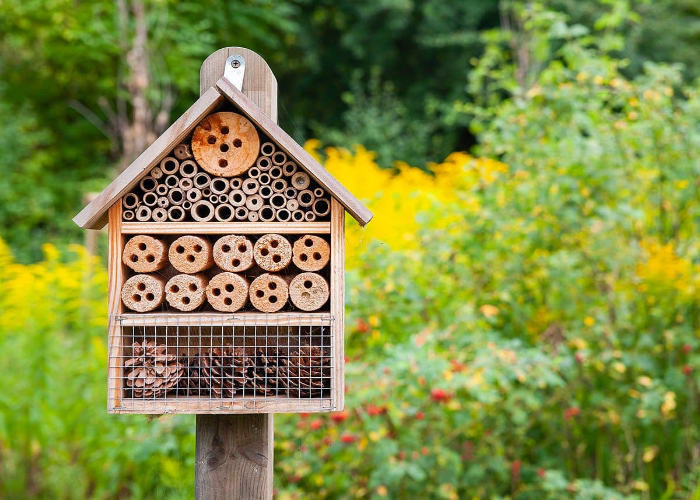
It is a common misconception that bees only live in beehives and make honey. But this is simply not true, as a large proportion of them don’t stay in these hives; they are solitary. Therefore these bees might thrive in bee houses if you have them in your wildlife garden. Having a good population of bees will ensure that a lot of flowers are pollinated, and it will improve the quality of the ecosystem that you are trying to create. These beautiful bee houses are safe places where bees can hide, play, rest, or nest, especially during harsh winters!
5. Add Birdhouses to Your Garden
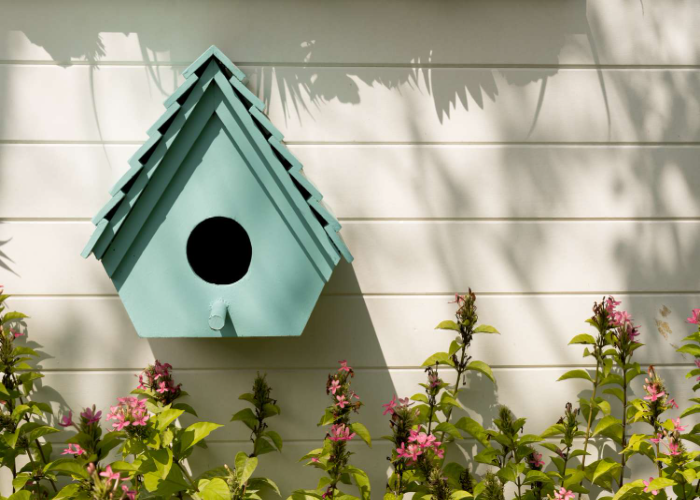
Similar to the benefits of having bee houses, these birdhouses will also be a great addition to your garden. Hung up high on trees or posts. These can encourage different varieties of birds to nest in your garden. There are different styles that you can adopt for these birdhouses, such as round/spherical ones, cottage-shaped ones, etc. You can hang these birdhouses easily on a shed or the fence also. It would be great if you could have feeders and water cups along with the birdhouse. This way, a lot of our winged friends will visit your garden regularly!
6. Special Attention to Hedgehogs
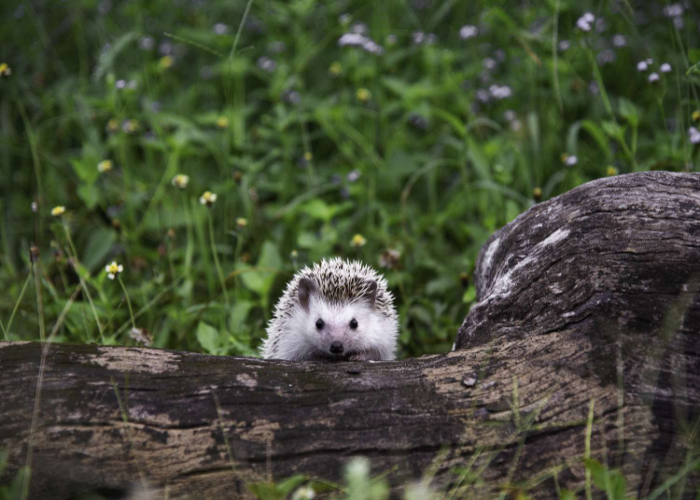
There might be around 2 to 2.5 lakh hedgehogs in gardens in the UK alone. These are helpful creatures to gardeners because they consume a large number of pests and small insects. It might be very useful to let them in your garden. Their habitats don’t need a lot of work from our side, as they can just be natural logs with a hole in the middle or artificial hedgehog houses bought online. They can hibernate, sleep or nest here and if you leave them undisturbed, they might even create a family or bring their friends to visit!
7. Create Beautiful Rockery
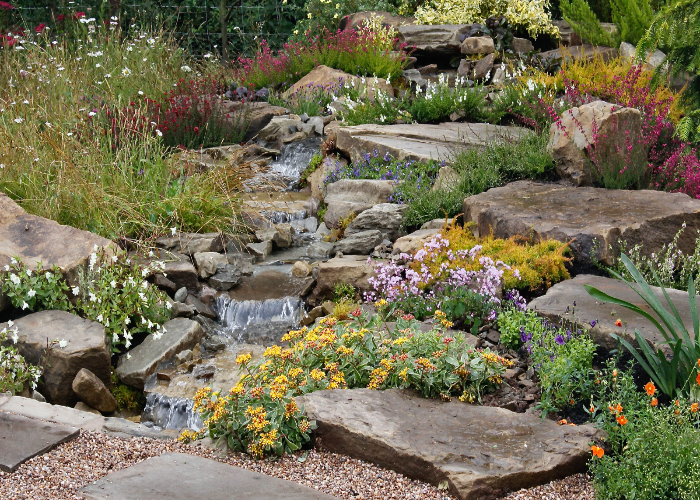
Although plants or trees are usually thought to be ideal for wildlife, creating rockery (an arrangement of rocks and plants) can be home to a different set of life. Usually, alpine plants are used in combination with rockery to create a natural appearance. These alpine plants include moss, lichens, grass, etc., and they usually grow in higher elevations like mountains. This way, small creatures like lizards or butterflies will find a home in these rockeries. If flowering plants and larger rocks are added to these settings, your garden will give off a majestic vibe!
8. Grow Climbers on The Walls
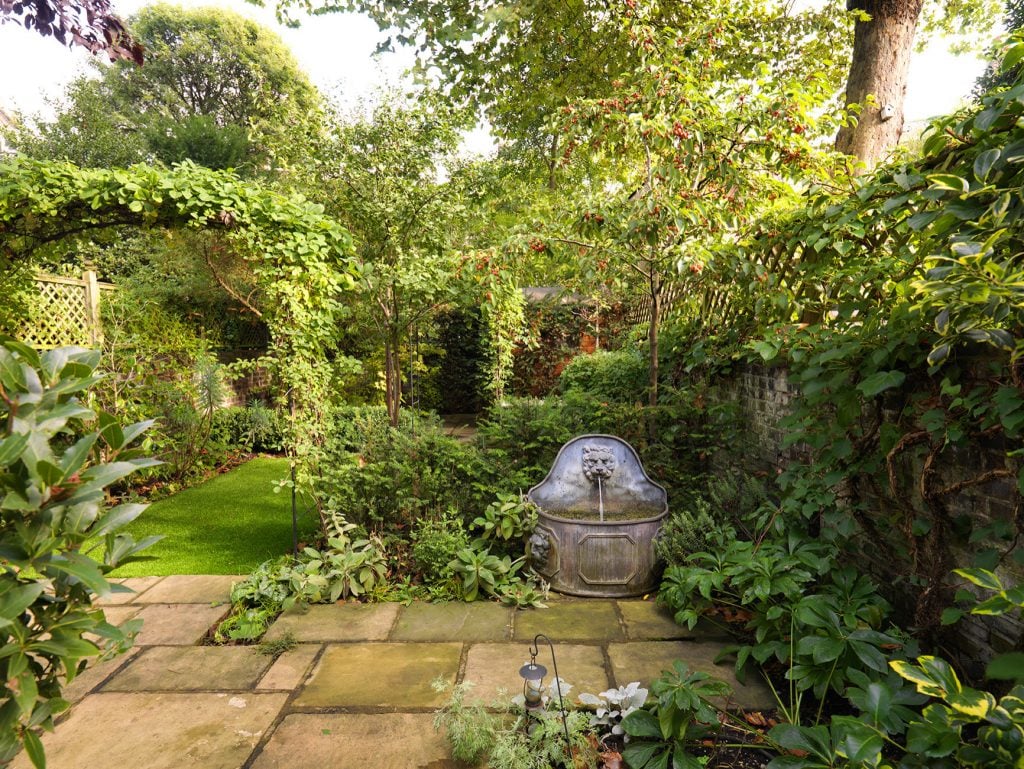
These climbers can be different types of ivy, honeysuckle, jasmine, etc. Although it would look stunning to us, it may not be ideal for small animals or birds. These would work really well for insects such as butterflies and moths. Creating small gaps in the wall or fence might allow some animals to explore where they can enter. Who is to say they don’t like this challenge?
9. Have Feeders in Your Wildlife Garden
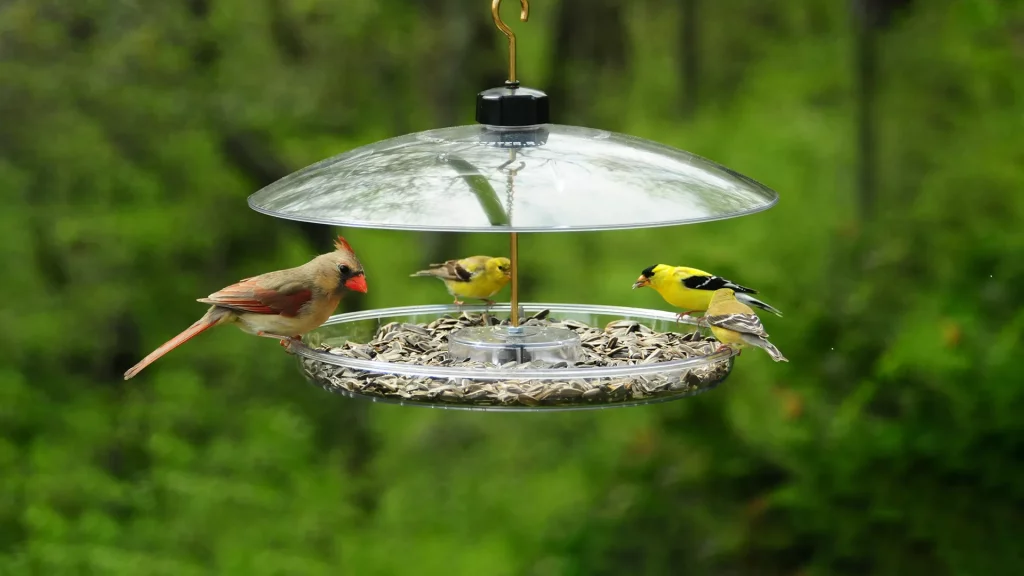
Although the natural nutrition that animals and insects get from plants (seed or fruit producing) is superior, there might be some birds and animals who might be regular visitors to your garden but have a home somewhere else. Therefore, having these feeders filled with different types of seeds can help to feed these creatures. By having these feeders, we make our wildlife garden a safe haven and restaurant of sorts for them!
10. Provide Water for The Parched Souls
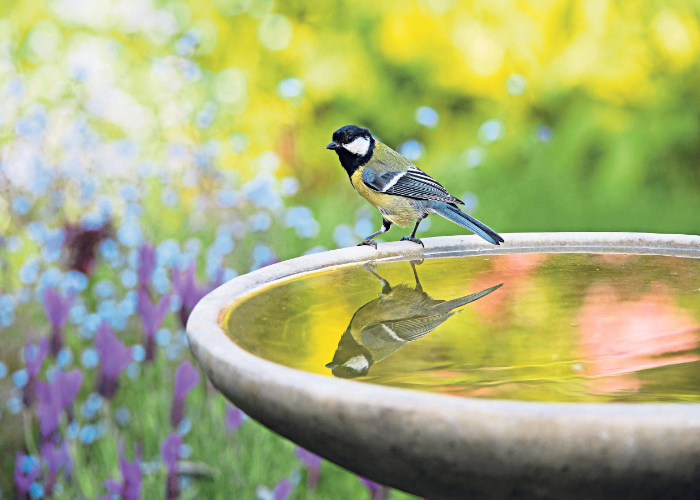
It is no surprise that water bodies around the world are being covered up or drying up due to our interference. We need to be more mindful of how this might impact our wildlife. Birds, especially migratory or small birds or animals that live in cities or towns in gardens (e.g., hedgehogs), need water to survive, especially in winter and summer. It might be hard for them to search for a place to get a consistent source of water. Why not provide water for these creatures and help them out? Having a small fountain or birdbath can add aesthetic value to your wildlife garden while having great utility value!
11. Having Tree Stumps
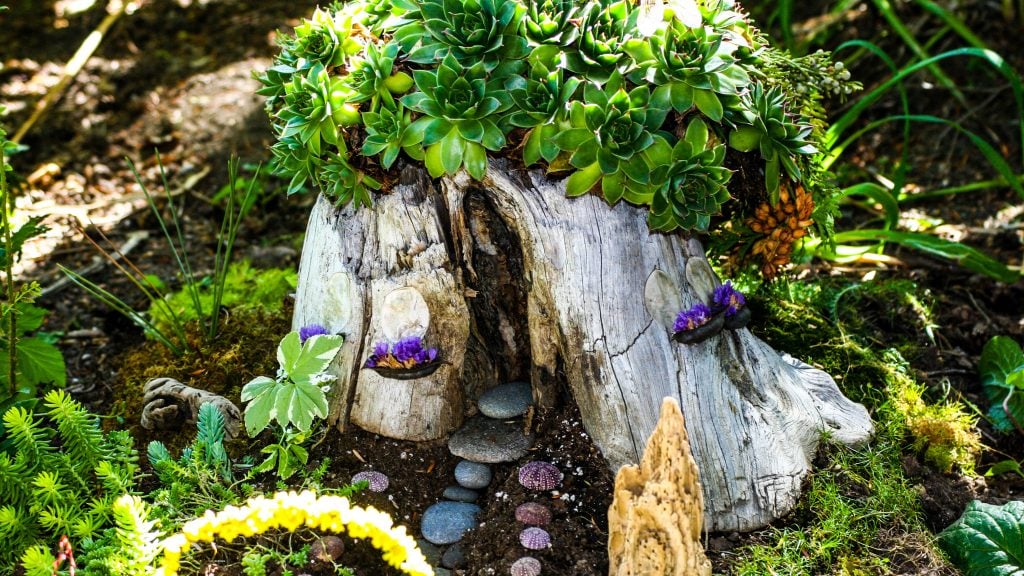
These might sometimes be present in your garden if some big trees are cut down. Or you can purchase and place them in your garden and grow some plants like moss, grass, or wildflowers around it to create a natural feel. These might be homes for different types of beetles, caterpillars, toads, and small animals like porcupines or squirrels. These creatures will make your wildlife garden more lively!
12. Create a Wildflower Meadow
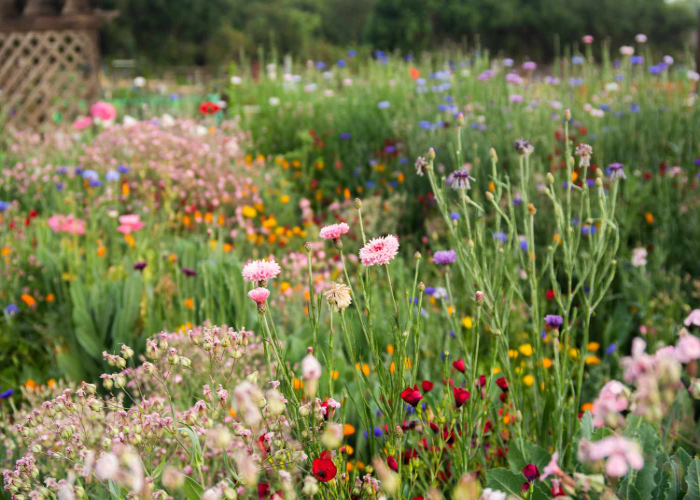
A wildlife garden consisting of wildflowers and maybe a fountain or statue in the middle gives it a dreamy feel and, at the same time, sustains wildlife, especially insects. This way, rabbits, earthworms, etc., might be comfortable living in your garden. If you want to have several pets, then this wildlife garden idea might be the best one, as it doesn’t require a lot of maintenance!
13. Make Your Sheds Greener
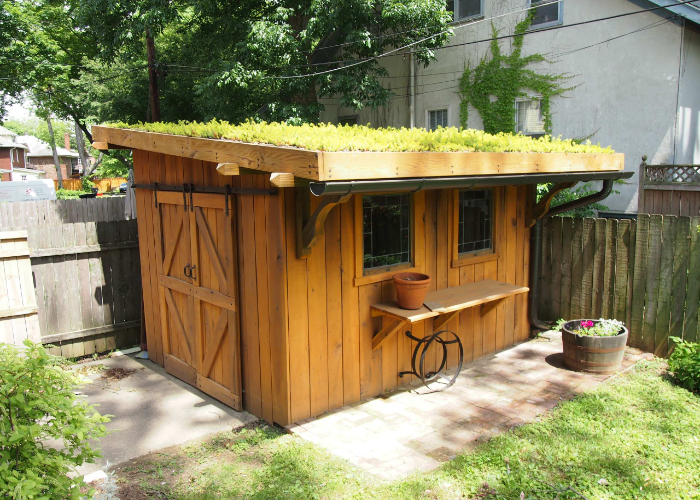
The roofs of your garden sheds can be a space for the grass or meadow flowers to grow, and this would attract a lot of bees and pollinators. These plants won’t be heavy, so the roofs will not be damaged as well. This is one of the simple wildlife garden ideas that you can implement now. By doing this, you can ensure that you have more plants and sustain more life!
14. Create a Path Surrounded by Plants

This makes for a very poetic garden that is highly functional too. You can have flowering plants of different varieties and colours, bushes that have berries, and other perennial plants so that these can help other faunas sustain (live and find food in) regardless of the season. Small animals might prefer these gardens as it is more secure for them to exist. Maybe this type will also help discard the perception that wildlife gardens are messy and difficult to manage!
15. Make Your Hedges with Native Plants
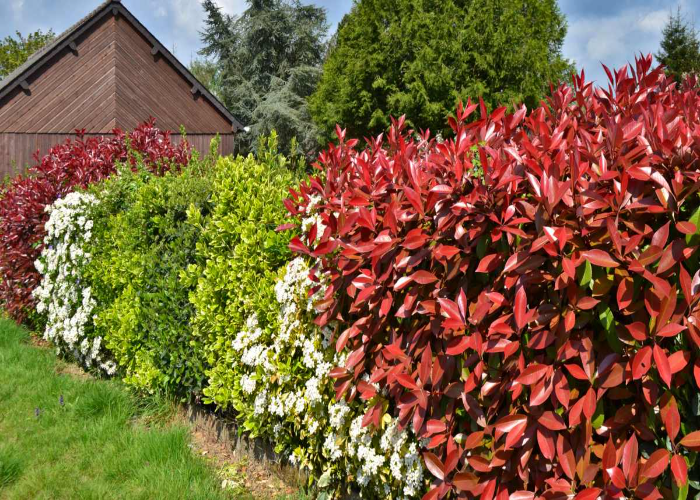
Although doing this might not give your garden a classy look that conventional hedges give, yours will be able to help wildlife thrive, which is amazing. If you plant a variety of native shrubs that might grow to different lengths, your garden hedges will be home to quite a few insects. Growing flowering shrubs (e.g., roses) that are also native will be ideal for aesthetics and functionality. These hedges can also be used to create multiple sections inside your wildlife garden.
16. Grow a Few Crops as Well
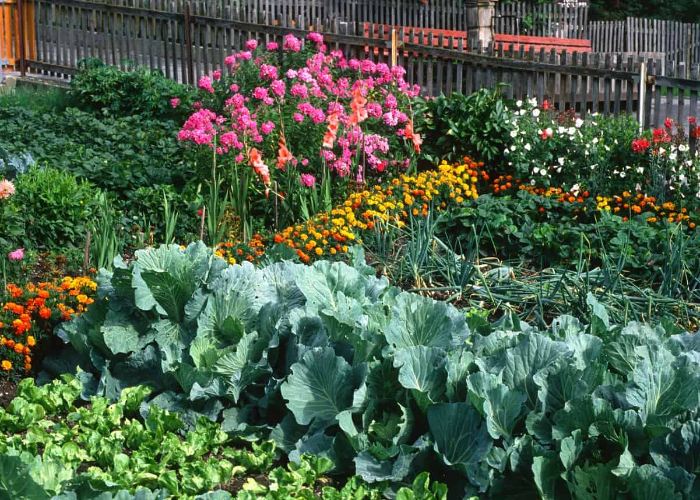
Creating a good mix of flowering plants along with different types of crops, such as vegetables or pulses, can be highly beneficial. In crop rotation, different crops are grown in the same soil in a specific sequence to improve the soil’s nutrient value and improve its overall health and pest resistance. This method of planting flowers and crops in your wildlife garden will create a similar effect and ensure your soil is at optimal capacity. Some research needs to be done to determine which plants can grow together. The crops can attract a different set of life forms to your garden, and what better than harvesting your own crops and having them for meals?
17. Create an Ambitious Forest Garden
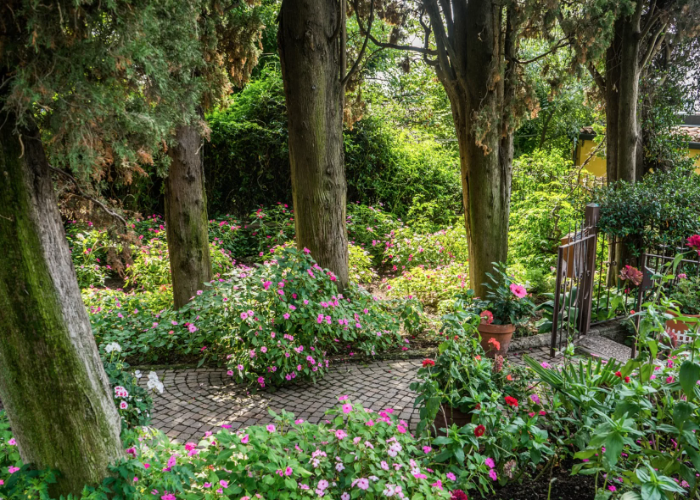
A forest ecosystem consists of several subsystems and helps to sustain a wide variety of animals, plants, and insects. Typically different types of plants, such as trees (evergreen and deciduous), flowering plants, trees that produce fruit, climbers, herbs, shrubs, etc., are all present in a forest. Although this might be difficult to maintain and create in the first place, once it starts to take a life of its own, its benefits to the environment will be highly valuable. You can grow plants or trees that can give you edible fruits and vegetables and grow flowers that are pleasing to the eye and essential to the environment, and so on. It sounds ambitious, but maybe you can give it a try.
18. Create a Rain Garden
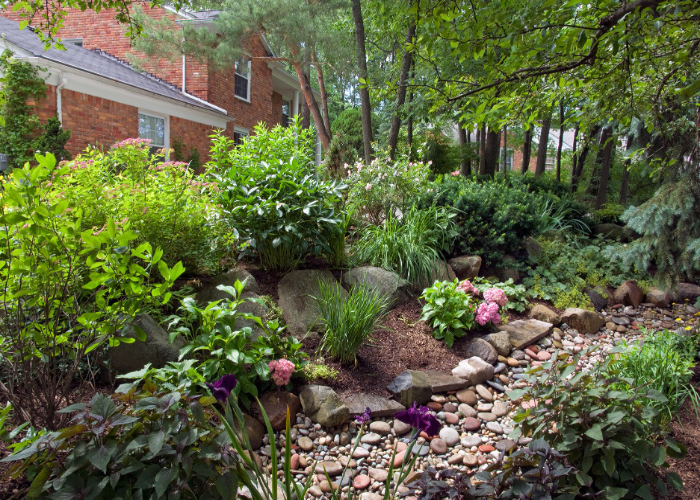
Rainwater runoff is a commonplace occurrence in houses that have shallow plants such as grass, as these won’t absorb water nor store it. A rain garden involves growing a lot of native plants with deep roots on a small slope in the ground. This way, some water can be easily absorbed by the plants and can be used during the summer. Since it doesn’t involve making holes in the group that can store water, it wouldn’t lead to water stagnation. Therefore, genuine fears of mosquito breeding in it are eliminated. Here, around 6 to 12 inches of soil is removed, and it is replaced with fertile sand, compost and tillage so that it can store more water.
19. Don’t Use Chemical Fertilisers/Pesticides

Although it might be easier to use chemical fertilisers or pesticides once your plants have grown, it would interfere with the natural theme you have going on. Using natural pest control techniques and creating your own compost and fertilisers will be difficult, but it is undoubtedly the best option. Creating an environment where animals feed on pests is a great way to deal with them. For example, toads and hedgehogs will eat slugs, and ladybirds will take care of mites. After looking through so many wildlife garden ideas and maybe selecting one, patience is key for your garden’s ideal growth!
20. Try to Maintain the Original Landscape
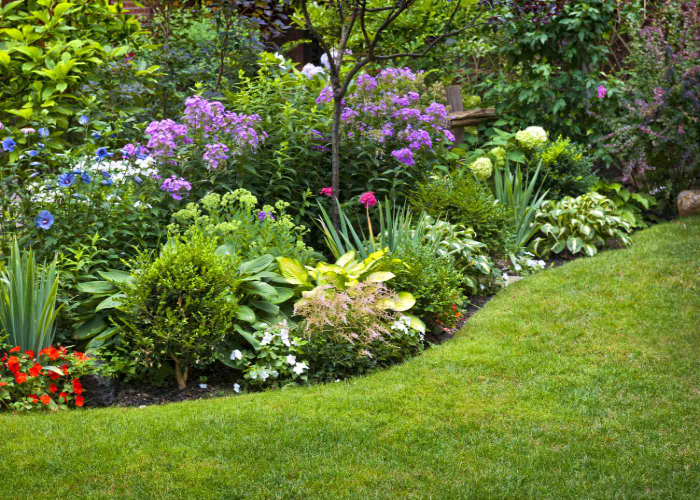
If your garden is located on a downhill or a slope, then it might be best to leave it as such. On the other hand, if you think it is not suited for a wetland garden, then forcing the landscape to change will not yield good results. You can use techniques such as terracing or creating small ditches to save rainwater water and soil quality. Grow plants that have deeper roots that can hold the soil together and minimize erosion if it is a slope. Since the soil also contains a lot of microorganisms necessary for plant growth, we shouldn’t forget this important player in our wildlife garden!
21. Let It Grow
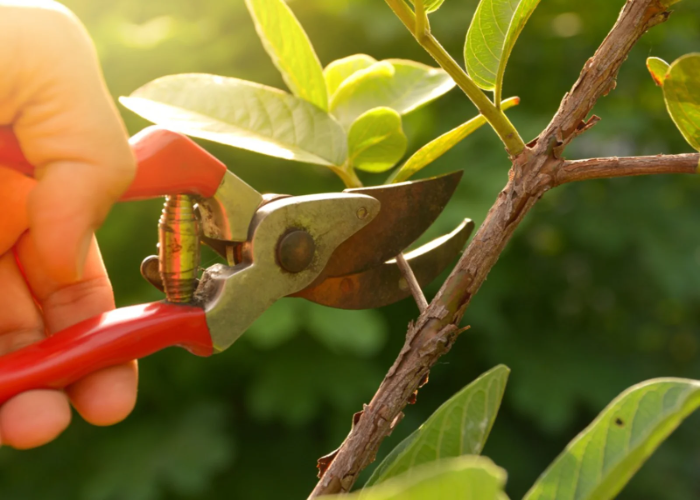
It is absolutely understandable that we need the garden to look well taken care of. Wildlife gardens might be difficult to maintain as they can become overgrown easily, but regardless, try resisting the urge to control their growth completely. Step back from your lawnmowers and trimmers and allow the grass and shrubs to grow. Try to cut down on how often you trim and mow. This will allow the diverse fauna to be comfortable in your beautiful garden.
22. Create Your Own Compost
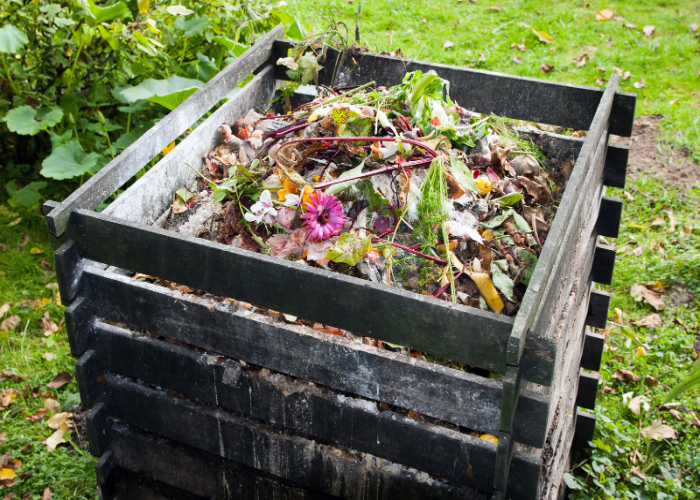
Use kitchen waste, food waste, vegetable or fruit peels, grass cuttings, coffee/tea grounds, degradable paper, cotton cloth, etc., to create your own compost. These are waste that can be turned into wealth and feed a variety of insects and animals in the process. You can buy compost bins or boxes and get started to enrich your garden!
How to Create Better Wildlife Gardens
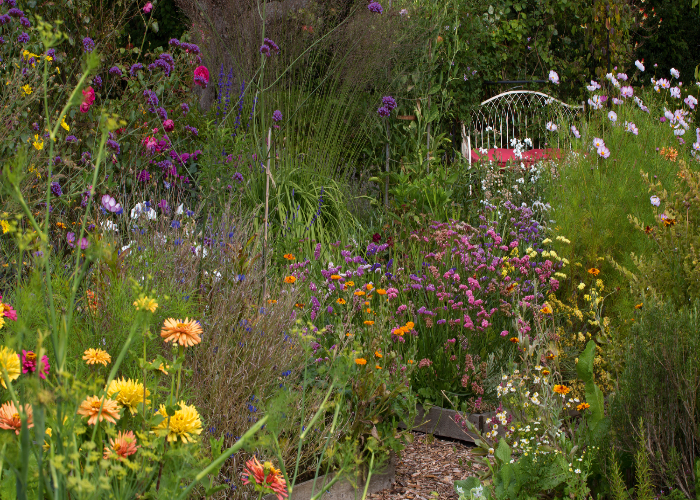
Here are the points listed on how to create a better wildlife garden:
- Choose a landscape that you think is possible for you to create. For example, you can use forests, grasslands, or woodlands as inspiration.
- Make it relatable for people by choosing attractive plants that flower around the same time, shrubs, trees, etc., that have different heights, characteristics, etc.
- Work with the soil that you have, as specific soils might work better for certain plants. Choose plants that might grow successfully in your garden. This way, wildlife gardens in different places can support a wide range of flora and fauna.
- Make sure you are planting a good mix of native plants and exotic ones. The point is to provide alternate habitats to native species of birds, animals, and plants. Exotic plants will be new and difficult for native fauna to be around.
- Growing plants with different uses, such as structural plants (homes for birds and animals), flowering plants (attract insects), groundcover plants (for soil maintenance), filter plants (provide seed, pollen, nectar), etc., create a well-rounded wildlife garden.
- Choosing the right time to plant and water will help tremendously.
Summing Up
Wildlife gardens are a great way to contribute to the natural ecosystem, which is slowly being affected by us. There are several amazing ideas for wildlife gardens ranging from creating ponds, bird/insect houses, rockeries, growing native plants, etc. However, it is necessary to keep our abilities and limitations in mind while creating these gardens because we might easily overdo it. And this comprehensive guide with 22 wildlife garden ideas can be a starting point in the long, rewarding journey of wildlife gardening!
If planned and executed correctly, these gardens will have plenty of food for them also. This way, we can greatly contribute to the maintenance of natural ecosystems and ensure sustainable survival for our native wildlife. Although some ideas (like creating a pond) might be difficult to implement, most would also work for small gardens (having bird feeders, growing crops, creating your own compost, etc.).
Frequently Asked Questions (FAQs)
What Are Some Uses of Wildlife Gardens?
Wildlife gardens are havens for animals, birds, and plants to thrive with minimal human interference. These gardens give the animals, birds, and insects a place to feed, mate, rest, and stay all around the year.
Are Wildlife Gardens Hard to Maintain?
It depends on which type of wildlife garden you have created/ will create. Some ideas like installing ponds, birdhouses, bee houses, or rockery will require a one-time effort. Whereas if you want to grow several varieties of plants and trees, it would require a little bit more effort. Regardless of whether it is a small or huge effort, the benefits and the consequences for wildlife are immeasurable.
Would Wildlife Gardens Work in Small Places Also?
Absolutely! You can incorporate wildlife garden ideas to make your compact garden a compact home for your native wildlife. With a little bit of planning, you will be able to achieve so much.

